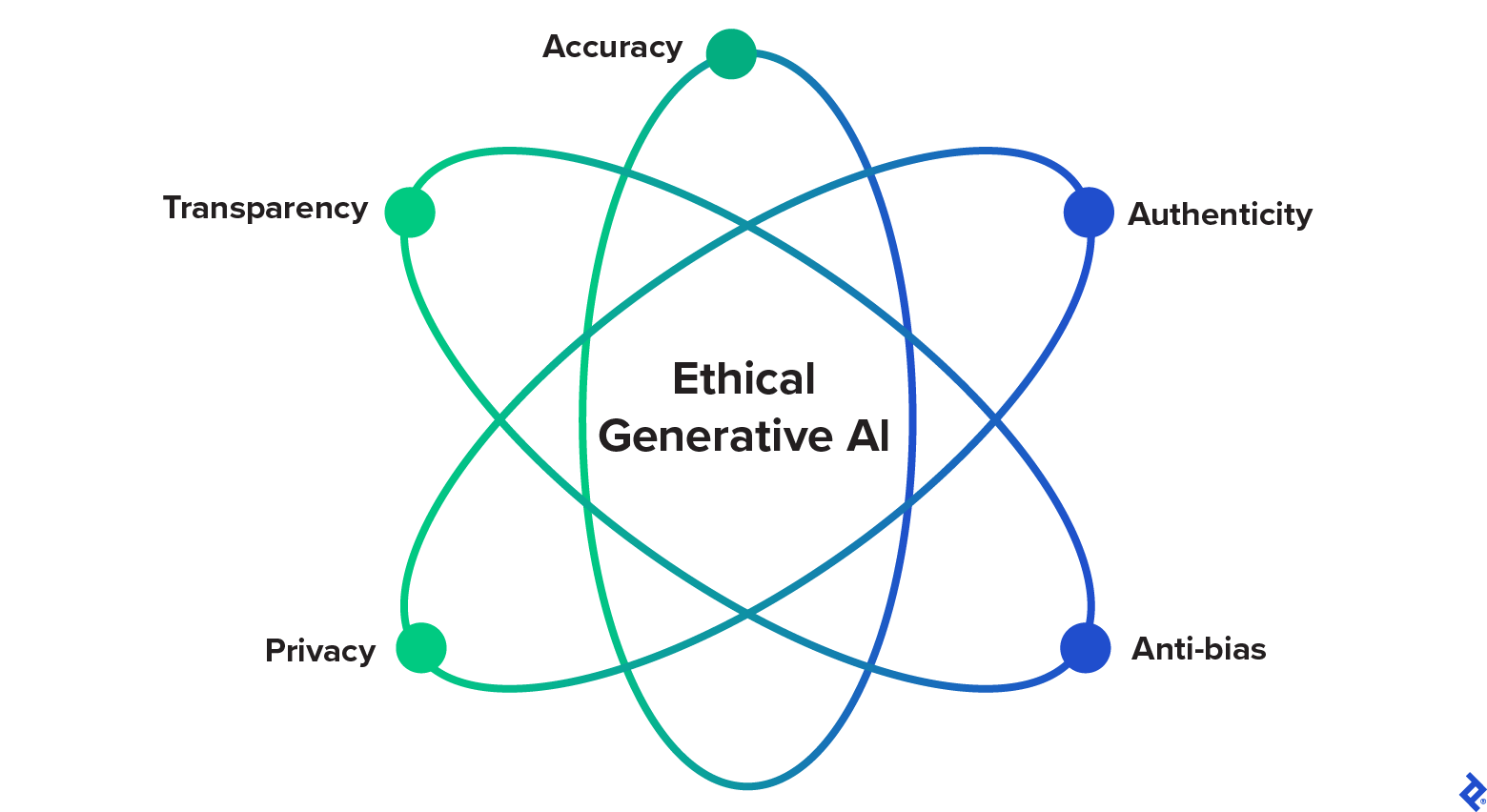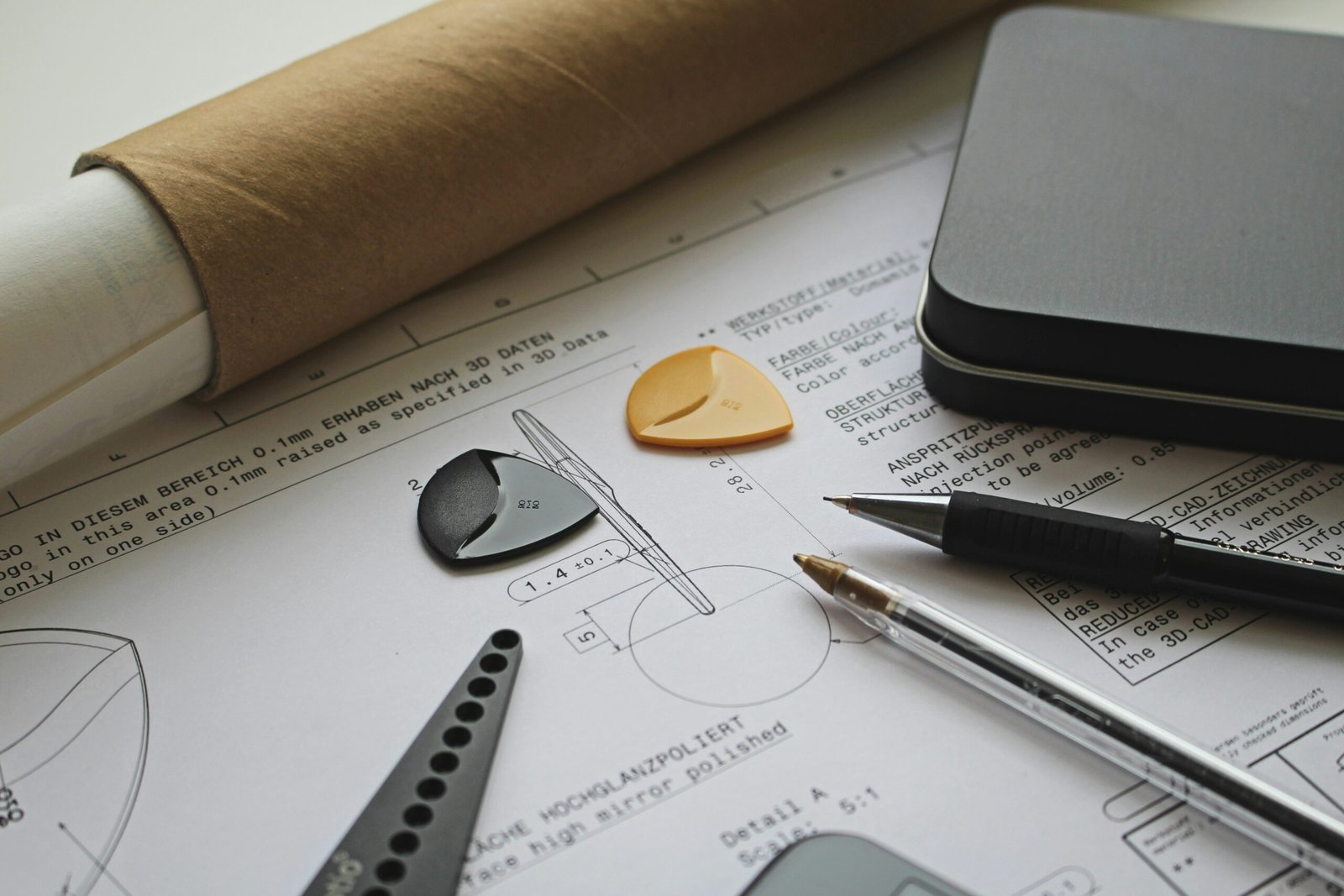Introduction to AI-Driven CAD Tools
Computer-Aided Design (CAD) tools have long been indispensable in various design disciplines, providing the essential foundations for drafting, modeling, and visualization. Traditionally, CAD tools enabled designers to translate ideas into detailed representations, significantly improving accuracy and efficiency in the design process. However, with rapid advancements in technology, especially in artificial intelligence, these tools are undergoing a transformative evolution.
The integration of AI technologies into CAD systems signifies a new paradigm in design methodologies. AI-driven CAD tools leverage sophisticated algorithms to automate mundane tasks, thereby enhancing functionality. For instance, these tools can intelligently analyze complex data sets, predict design outcomes, and suggest innovative solutions in real-time. This automation not only accelerates the design workflow but also allows designers to dedicate more time to creative processes, thus augmenting productivity.
Furthermore, the emergence of AI-driven features in CAD tools facilitates a more collaborative approach. Designers can utilize advanced simulation and modeling capabilities that incorporate machine learning to refine their designs iteratively, based on feedback and predictive analytics. Such capabilities ensure that design decisions are data-informed, ultimately leading to enhanced design quality. The incorporation of AI-fueled predictive tools also aids in anticipating potential issues in the design phase, reducing costly revisions and improving overall project outcomes.
The significance of integrating AI in design processes cannot be overstated. As design challenges grow increasingly complex, the need for tools that can adapt and support innovative methodologies becomes paramount. The adoption of AI-driven CAD tools not only embodies a crucial advancement in individual creative pursuits but also signals a future where design practices are more efficient, collaborative, and inspired. In this evolving landscape, understanding the capabilities and implications of AI within CAD systems will set the foundation for a deeper exploration of its applications and benefits in future sections.
Key Features of AI-Driven CAD Tools
AI-driven CAD tools represent a significant advancement in design technology, offering features that enhance productivity and innovation for designers. One of the most notable elements is automated design suggestions. These tools utilize algorithms to analyze existing designs and provide recommendations based on past iterations and current trends. This feature not only accelerates the creative process but also encourages designers to explore new possibilities while reducing the time spent on routine decisions.
Another essential aspect is predictive analytics. By leveraging historical data and design performance metrics, AI tools can offer insights into potential design improvements before they are implemented. This capability allows designers to refine their projects proactively, minimizing the occurrence of costly errors and ensuring higher quality outcomes. Predictive analytics fosters a data-driven approach to design, empowering users to make informed choices that enhance both functionality and aesthetic appeal.
Enhanced simulation capabilities are also a hallmark of AI-driven CAD software. These tools offer realistic simulations that facilitate comprehensive analysis of how designs will perform in real-world conditions. By simulating scenarios such as stress testing or fluid dynamics, designers can identify and address challenges early in the development process. This level of detail not only streamlines the workflow but also supports innovation by allowing designers to experiment with complex systems without the need for extensive physical prototypes.
Lastly, real-time collaboration tools transform how teams work together on design projects. AI-driven CAD tools enable multiple users to annotate, modify, and review designs simultaneously, regardless of their geographical location. This enhances communication and accelerates feedback loops, ultimately leading to more cohesive and efficient project development. By integrating these key features, AI-driven CAD tools significantly improve the design process, making it more streamlined and effective, and positioning designers to achieve remarkable results with greater ease.
Case Studies: Success Stories in Design with AI-Driven CAD Tools
The integration of AI-driven CAD tools has transformed various sectors, showcasing innovative design solutions that enhance productivity and creativity. In the architecture industry, firms such as Zaha Hadid Architects have leveraged AI technology for parametric design. By employing generative design algorithms, the firm was able to create structurally optimized and aesthetically striking building forms. This approach not only reduced material waste but also shortened the project timelines significantly, demonstrating how intelligence-infused CAD systems can streamline architectural endeavors.
Similarly, in the realm of product design, companies like Tesla have adopted AI tools to refine their design processes and innovate on vehicle aesthetics and functionality. Utilizing advanced simulation software, Tesla’s design teams analyze aerodynamic properties and manufacturability of components in real-time. This capability not only enhances vehicle performance but also decreases development cycles, allowing for rapid iterations based on market demands. By facilitating data-driven decisions, AI tools have effectively elevated Tesla’s design precision and efficiency.
In the engineering sector, Boeing’s use of AI-driven CAD software exemplifies its impact on large-scale manufacturing. The company faced challenges relating to the intricate design of aircraft components requiring high precision. By integrating AI algorithms to evaluate design setups and predict potential failures in prototypes, Boeing improved its design validation processes. This proactive measure led to enhanced safety and reliability while simultaneously reducing costs and time spent on modifications. The success witnessed in these case studies illustrates a clear trend: industries increasingly realize the significant competitive advantages gained through the adoption of AI-driven CAD solutions, underscoring the essential role of these tools in modern design workflows.
Future Trends: The Evolution of AI in Design
The landscape of design is undergoing a significant transformation propelled by advancements in AI technologies. As we look forward, the evolution of AI-driven Computer-Aided Design (CAD) tools is anticipated to introduce a new era of efficiency and creativity in the design sector. One notable trend is the enhancement of machine learning algorithms, which are expected to become more sophisticated, enabling CAD tools to learn from user behavior and preferences. This could allow for the automation of routine tasks, facilitating a smoother workflow for designers while allowing them more time to focus on innovative ideas.
Furthermore, the integration of virtual and augmented reality (VR and AR) within CAD tools is poised to revolutionize the design process. These technologies provide designers with immersive environments to visualize their concepts in real-time. With improved AR capabilities, designers will be able to overlay digital models on physical spaces, allowing for immediate adjustments based on context and environment. This synergy between CAD and immersive technologies has the potential to enhance collaboration among teams and clients, ultimately driving better project outcomes.
However, the future is not without challenges. As AI becomes increasingly integrated into design workflows, concerns surrounding data privacy and intellectual property rights may arise. Designers will need to navigate these complexities to ensure the ethical use of AI tools. Additionally, a skills gap may emerge as traditional design practices evolve; designers will need to adapt and learn how to leverage these new technologies effectively. Nevertheless, these advancements also present considerable opportunities for growth, enabling designers to push the boundaries of creativity and innovation.
In conclusion, the evolution of AI in design signifies a pivotal shift that promises to reshape the industry in profound ways, enhancing both efficiency and creativity while presenting new challenges that must be thoughtfully addressed.









